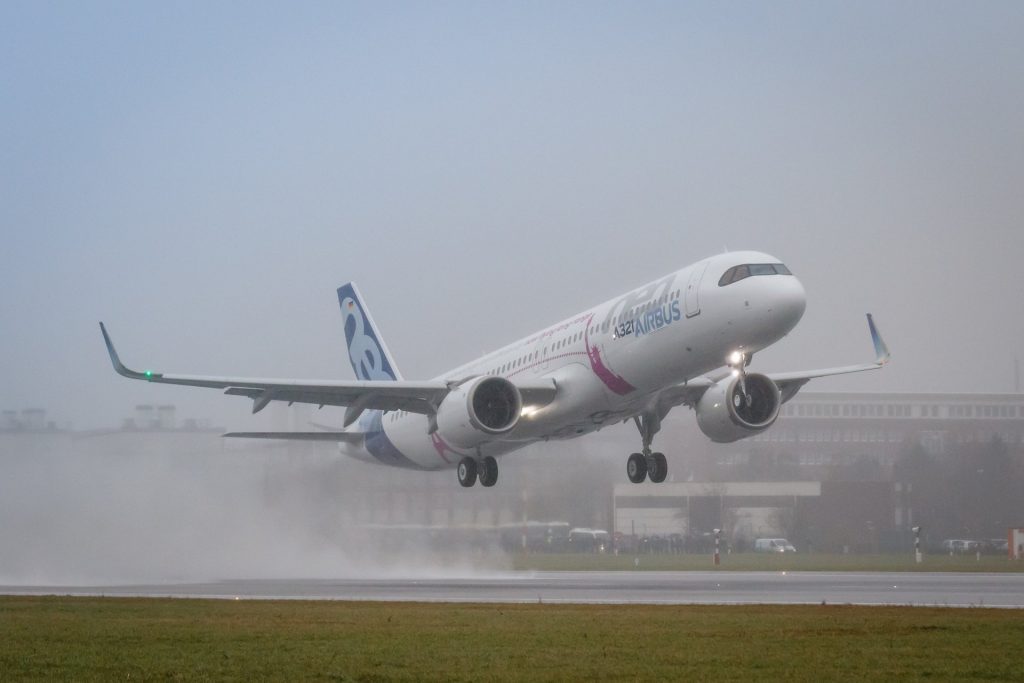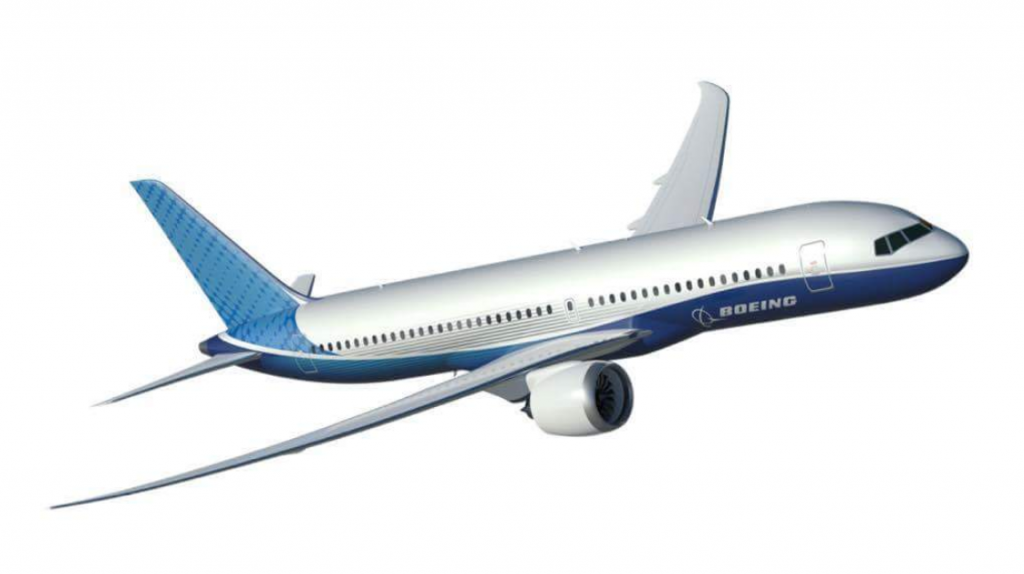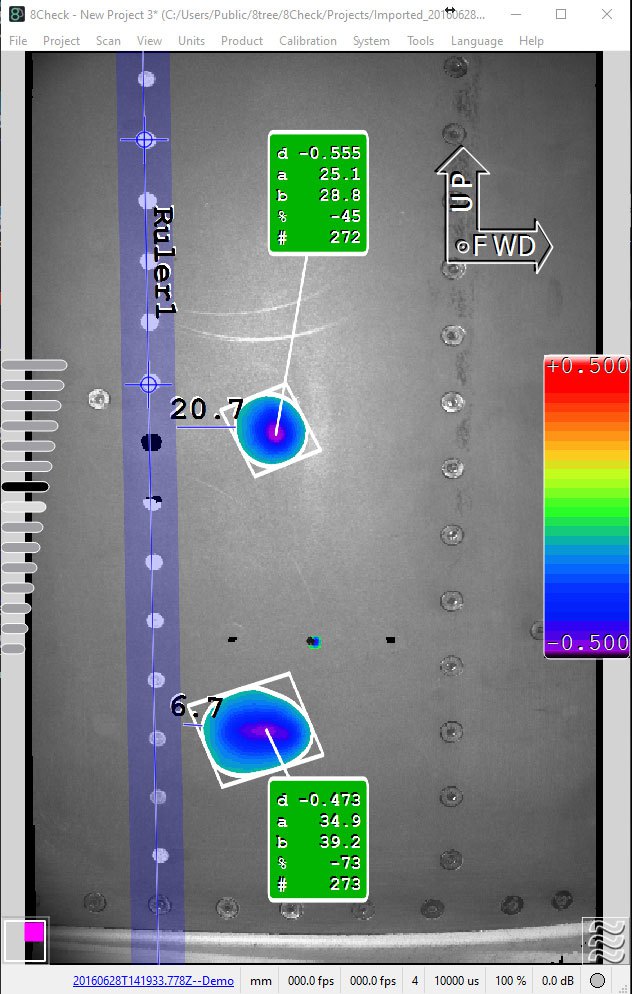You can’t open the newspaper these days without seeing another article about how the aviation industry is being transformed by digitalization and big data. Artificial intelligence and blockchain are also revolutionizing the way the MRO market operates and what it can offer to customers.
Many articles provide insight into how OEMs, aftermarket suppliers and airlines are moving into the digital world, but what are the legal considerations of this new big data environment and will it shift the risk-allocation landscape?
AntiTrust
One of the biggest legal concerns around exploitation of big data is the perception of some that OEMs will use their control of data to monopolize the aftermarket.
No jurisdiction allows a dominant player to abuse a position of market dominance and leave participants, in this case airlines, with less choice.
Airbus has developed Skywise with Palantir; Rolls-Royce has developed its R2 Data Labs and IntelligentEngine platforms, to name a few. But will they be able to use this data and still stay within the antitrust boundaries? The answer will lie in the details: What is the relevant “market,” how much of the market do these organizations have, and do others have access to—or can they replicate—that same data?
Rolls-Royce now promises that Total Care will work with independent MROs rather than dominating the aftermarket itself. All the OEMs want to create big data platforms from which industry will derive value, but they still have a task to convince the MRO and airline community about their motives and whether what they do will benefit everyone. Airlines will not pay for access to their own data.
The competition authorities will watch this area with interest.
wnership
Who owns the data, and who can do what with it? Legally, no one can “own” it; the concept of data ownership doesn’t exist in law. What does exist is the possibility to protect the value created in the analysis or presentation of that data. Intellectual property rights offer some protection, as do confidentiality/proprietary laws, but they do not confer ownership of the data itself. The key to the control and use of data, therefore, is a contract. It is only really through contracts that a business can legally manage data access and use.
Security
The actual security of a system is not a legal issue as such, but the implications of an unsecure system are. The potential loss to an MRO business if its data is lost or tampered with could be catastrophic. The EU is bringing in new laws to fine “essential service operators” and “digital service providers” up to 4% of global revenue if they fail to adequately manage cyber-risk attacks, so businesses need to take system security very seriously.
Regulation
Can the regulatory environment keep up with the digital revolution? Regulation is always reactive to advances in technology, and that is perhaps how it should be. Take blockchain, for example: It is still in its infancy in aviation (and in other sectors), but with huge potential to provide secure, decentralized records for aircraft and components. Legislation exists that may apply to blockchain, but its application is largely untested—it is only when industry realizes there is a gap that the regulators or legislators will have to take action.
Product Liability
Product liability also must be considered. What if technology creates an unsafe system or product that causes damage or, worst case, loss of life? In a heavily regulated aviation world, one would hope that this never happens, but how would liability be apportioned if a computer or robot made the fatal decision? This is a question that will always depend on the “who,” “what” and “why” answers to the particular circumstances, but it is another area where your contract and regulation will be crucial.
Contract and Risk
Unfortunately, many aviation technical agreements are difficult to interpret, even to the well-trained legal eye.
Although industry is becoming more aware of the opportunities of transformation by technology and the digital world, contracts have not yet caught up. An OEM hourly usage agreement or MRO general terms agreement still rarely legislates for the management, control and exploitation of data generated by a modern aircraft or engine.
The investor community is keen to see airlines benefit from the advantages of superior technology and predictive maintenance, but it needs to better understand and manage its maintenance risks in this new digital world.
The role of data is only going to continue to grow, as will the legal implications and challenges it presents.
Paul Briggs is the joint head of international law firm Bird & Bird’s Aviation & Aerospace Group. He advises on commercial agreements for all types of aircraft and airlines. Lucy England is a senior associate in Bird & Bird’s commercial team, with a particular focus on aviation and defense.




